Webbing Sling
A webbing sling is a flat strap, typically woven from high-tenacity polyester yarn, used for lifting, maneuvering, and securing cargo during transportation and industrial applications. They offer several advantages over traditional lifting methods like chains or wire ropes.
Key Features:
- Lightweight and Flexible: Compared to chains or wire ropes, webbing slings are significantly lighter and more flexible. This makes them easier to maneuver around tight spaces and easier to handle during rigging.
- Soft on Load Surfaces: The flat, wide surface of a webbing sling distributes the load more evenly, minimizing the risk of damage to delicate or finished goods.
- High Strength and Capacity: Despite their lightweight nature, webbing slings can handle significant loads, typically ranging from 1 ton to 36 tons or more, depending on the size and construction.
- Abrasion and Chemical Resistant: High-quality polyester webbing is resistant to abrasion, UV rays, and many chemicals, ensuring long-lasting durability.
- Safety Factor: Webbing slings are designed with a built-in safety factor, meaning their working load limit (WLL) is a fraction of their actual breaking strength. This provides an extra margin of safety during lifting operations.
- Color-Coded Capacity: Webbing slings are often color-coded to easily identify their working load limit. This allows for quick and safe selection during lifting tasks.
Applications:
Webbing slings are versatile tools used in various industries, including:
- Construction: Lifting and securing building materials, machinery, and equipment.
- Manufacturing: Lifting and transporting raw materials, finished products, and machinery.
- Logistics: Securing cargo on pallets, crates, and trailers during transportation.
- Rigging: Lifting and positioning heavy objects during installation or maintenance projects.
- Events: Lifting and securing equipment for concerts, festivals, and other events.
Types of Webbing Slings:
There are various types of webbing slings available, each with its specific configuration for different lifting scenarios. Here are some common types:
- Eye and Eye Slings: Feature loops at both ends for attaching to hooks or rigging points.
- Endless Slings: Continuous loop design, ideal for choker hitches or when a softer lifting surface is desired.
- Double Eye Slings: Similar to eye and eye slings but with a reinforced lifting area at each end.
- Multi-leg Slings: Feature multiple webbing straps connected to a central lifting point, ideal for lifting unbalanced or oddly shaped loads.
Important Considerations:
- Working Load Limit (WLL): Always choose a webbing sling with a WLL exceeding the weight of the load you intend to lift.
- Inspection and Maintenance: Regularly inspect webbing slings for signs of wear, damage, or cuts. Replace damaged slings immediately.
- Proper Use: Follow safe lifting practices and ensure webbing slings are used within their designated capacity and configuration.
By understanding these features and considerations, webbing slings can be a safe and effective tool for various lifting and material handling tasks


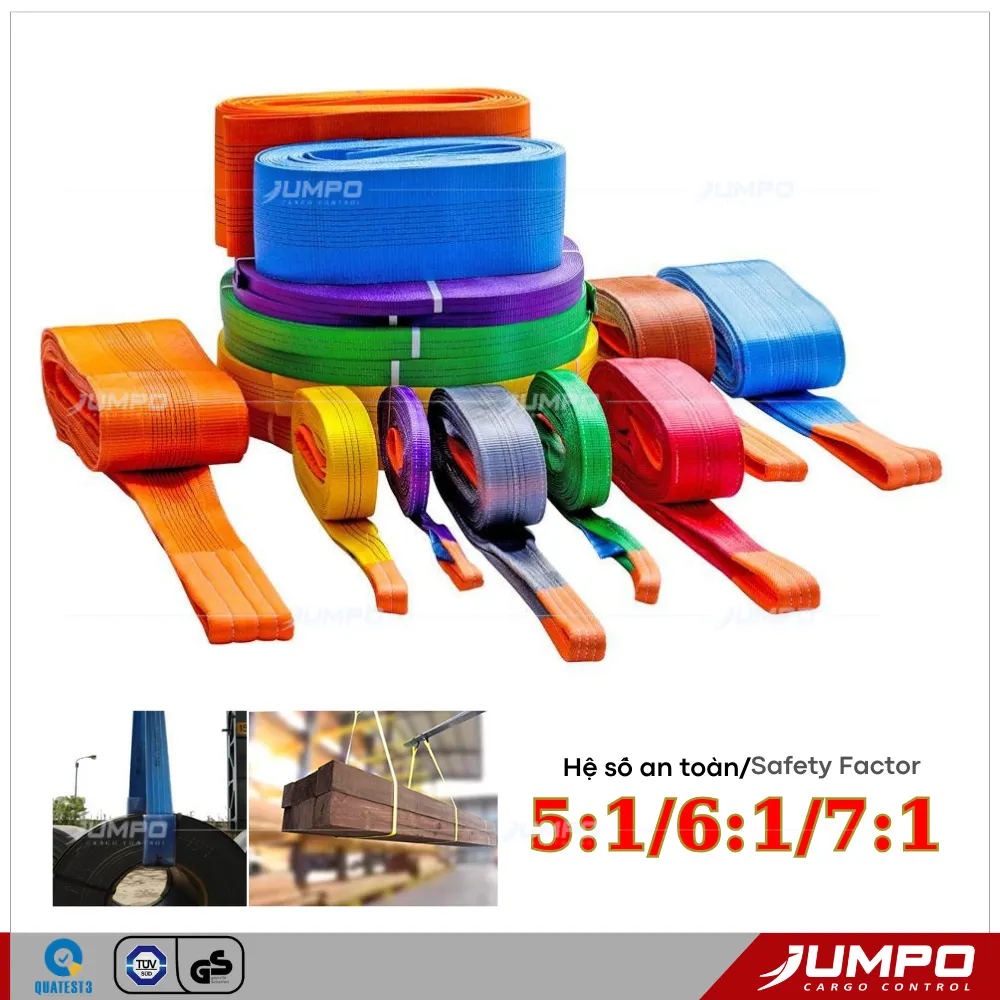
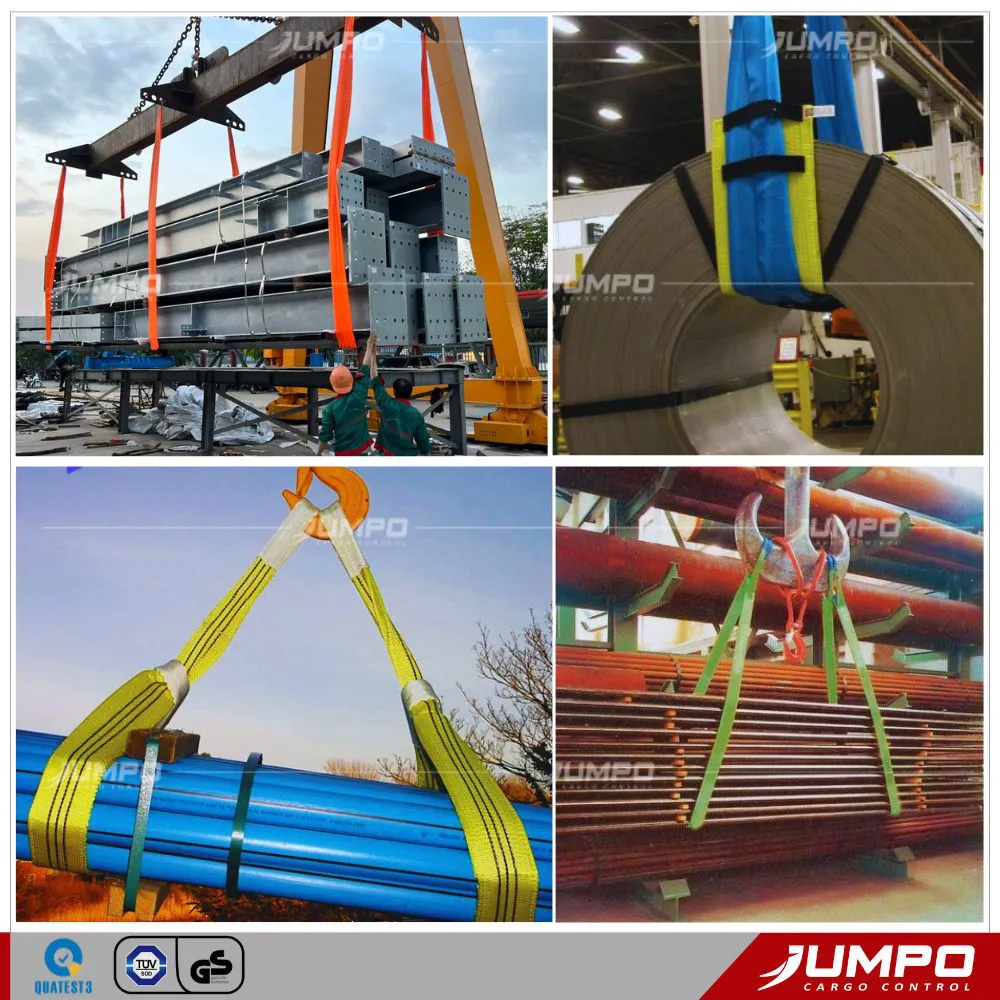
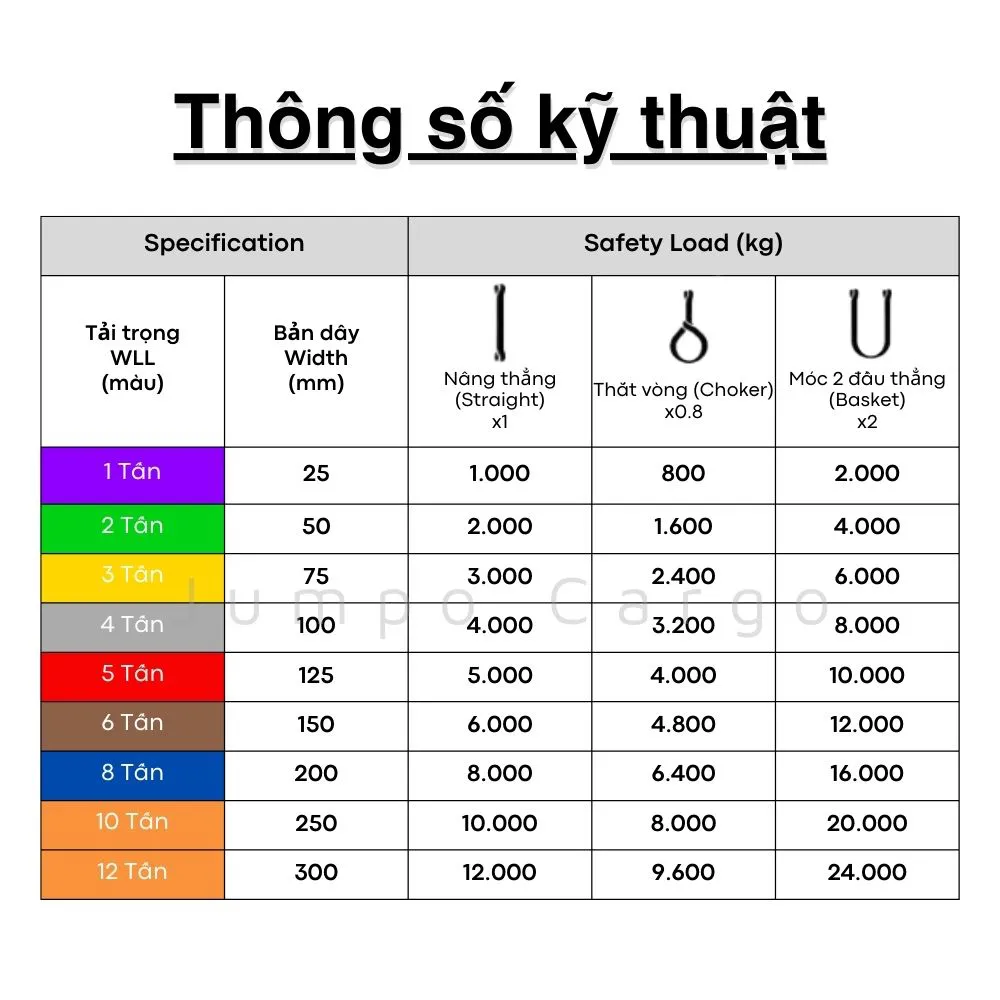
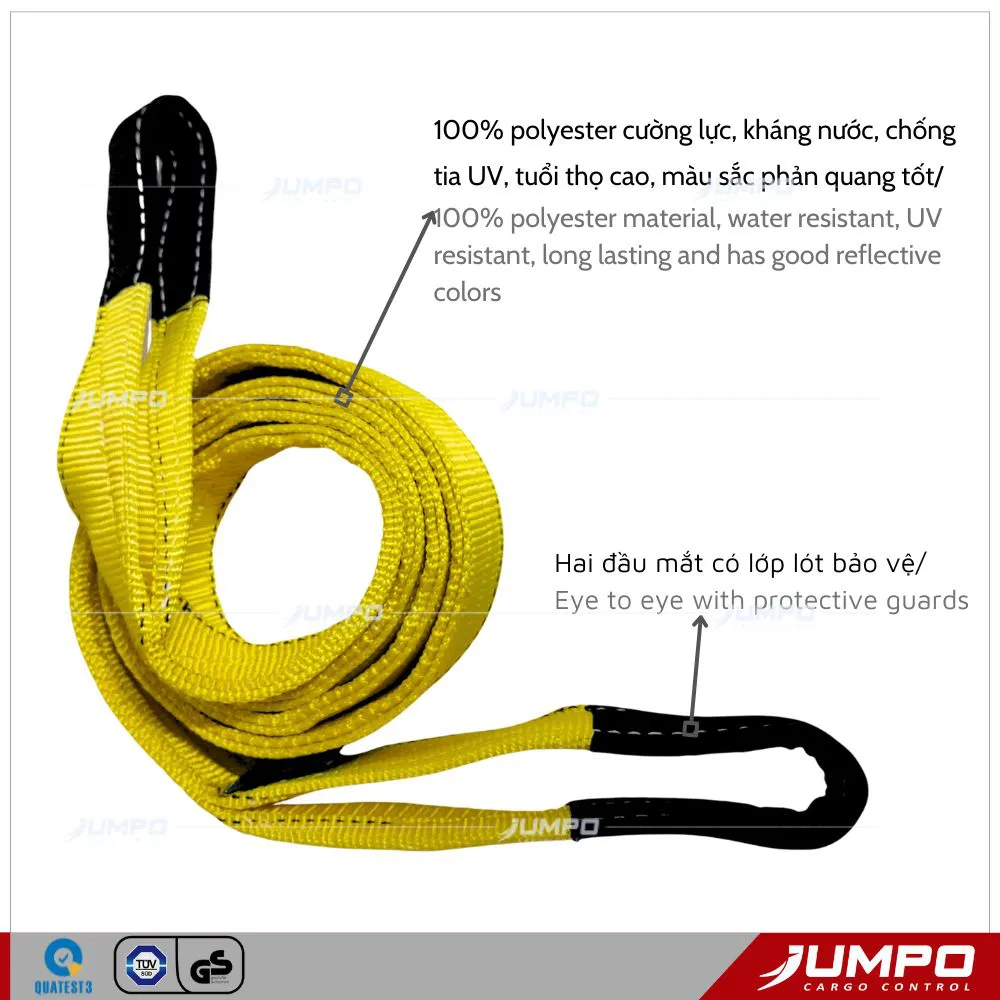
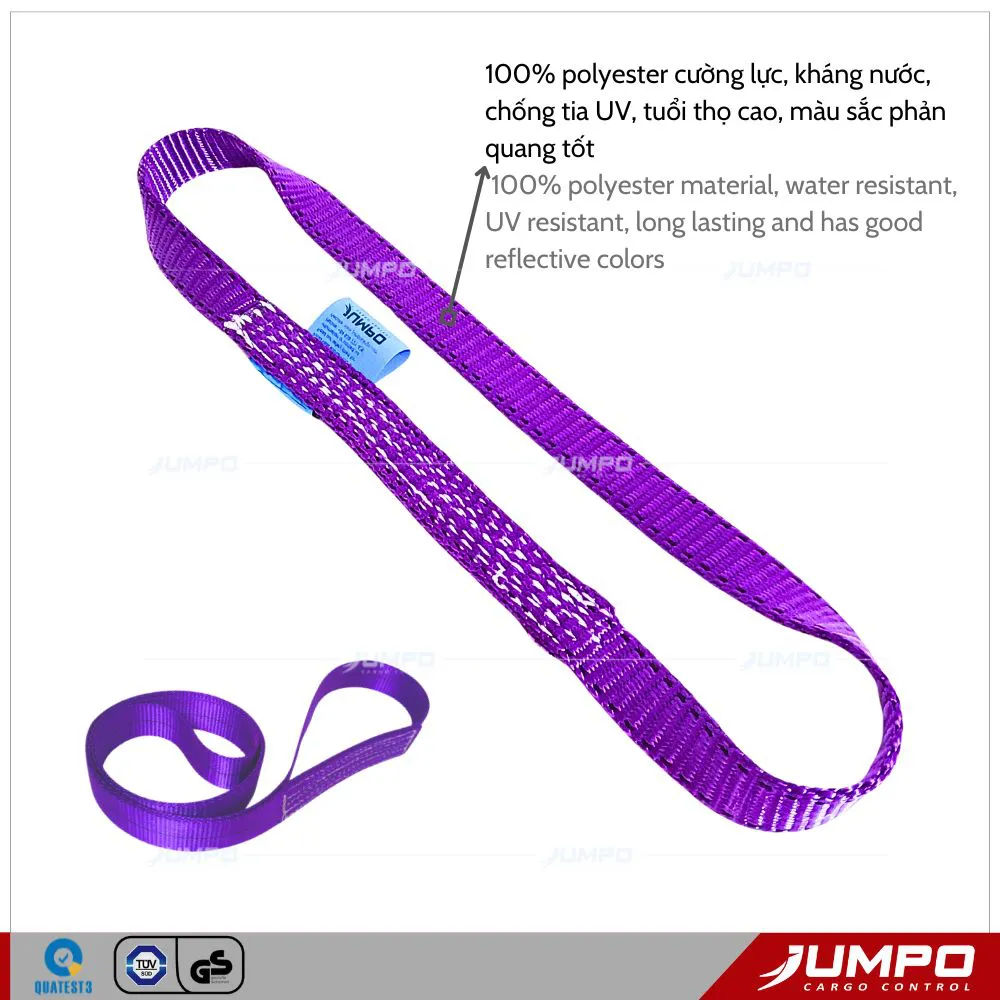
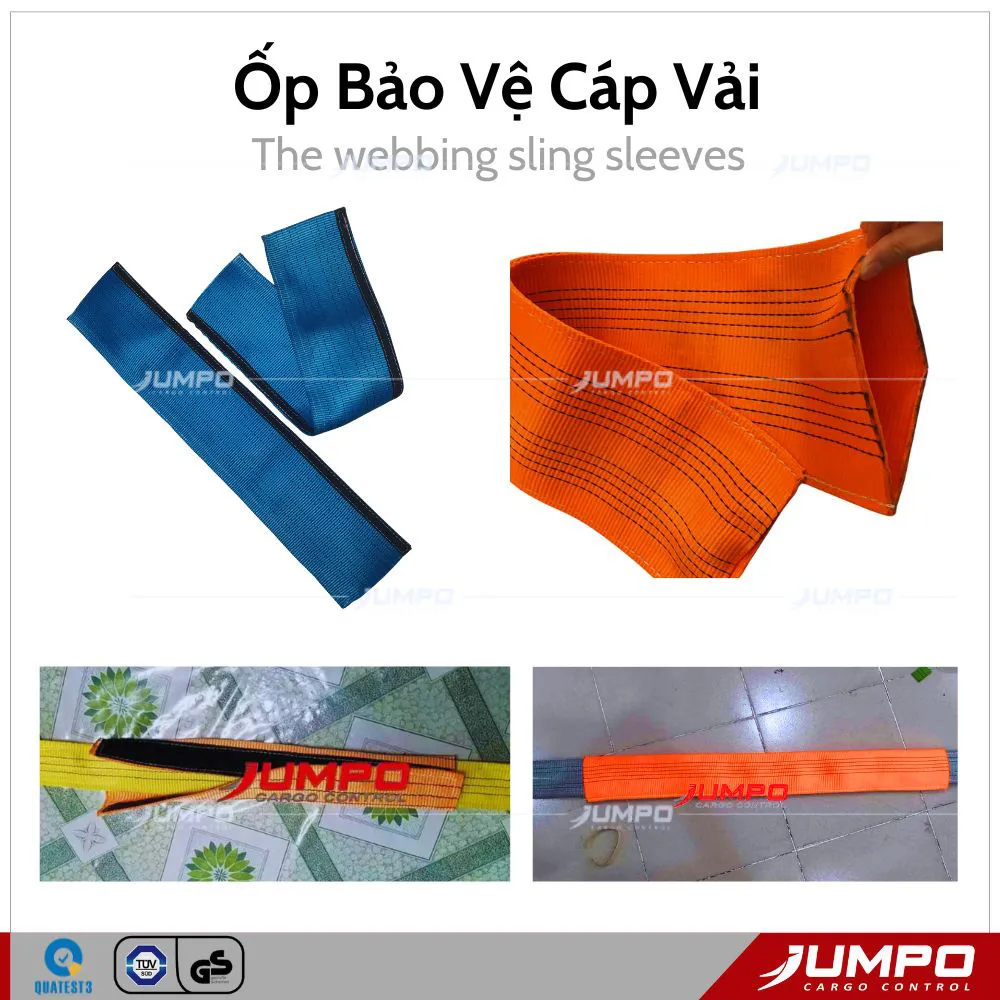
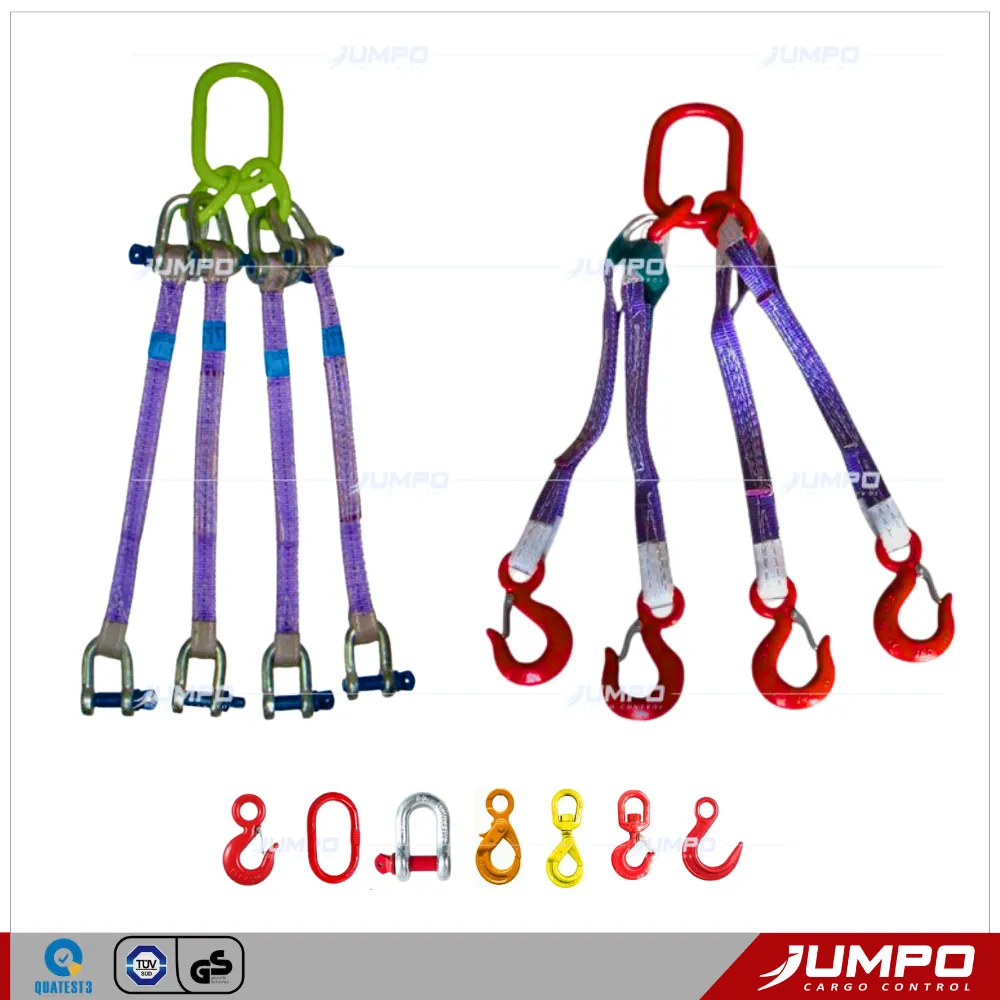
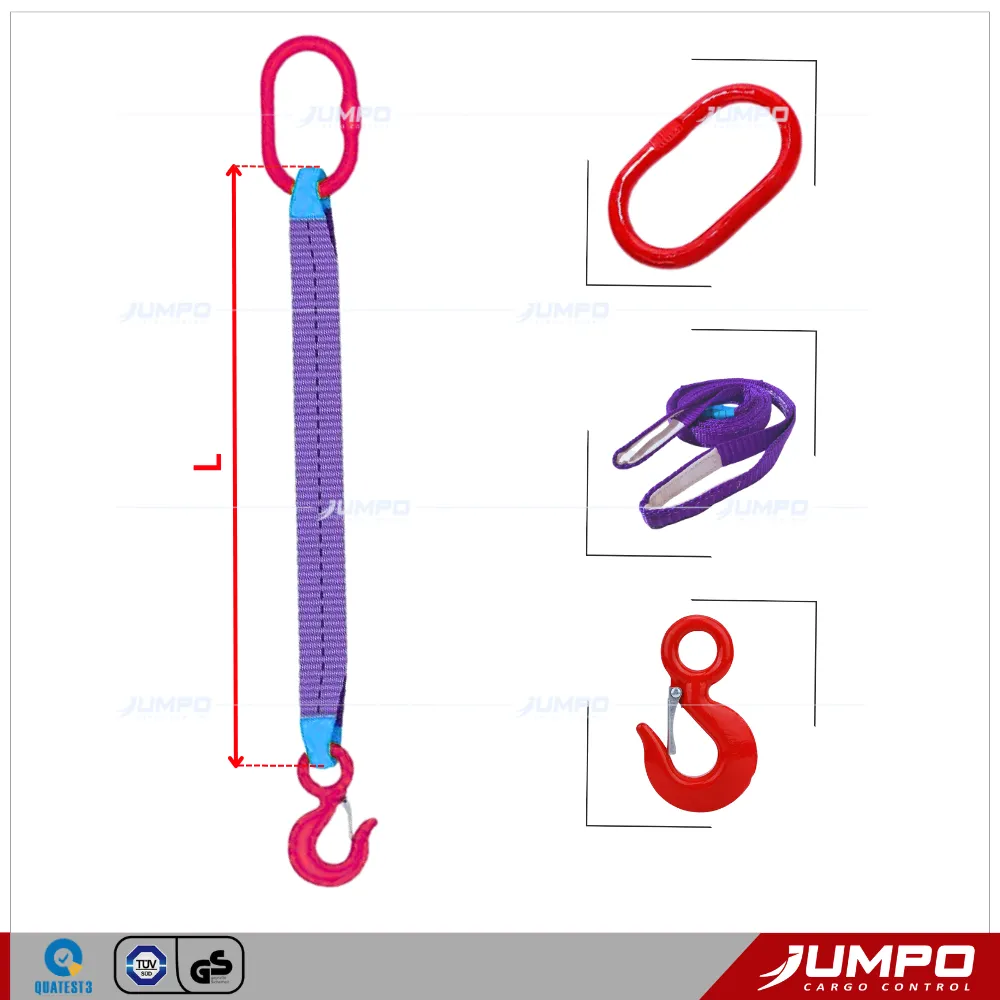


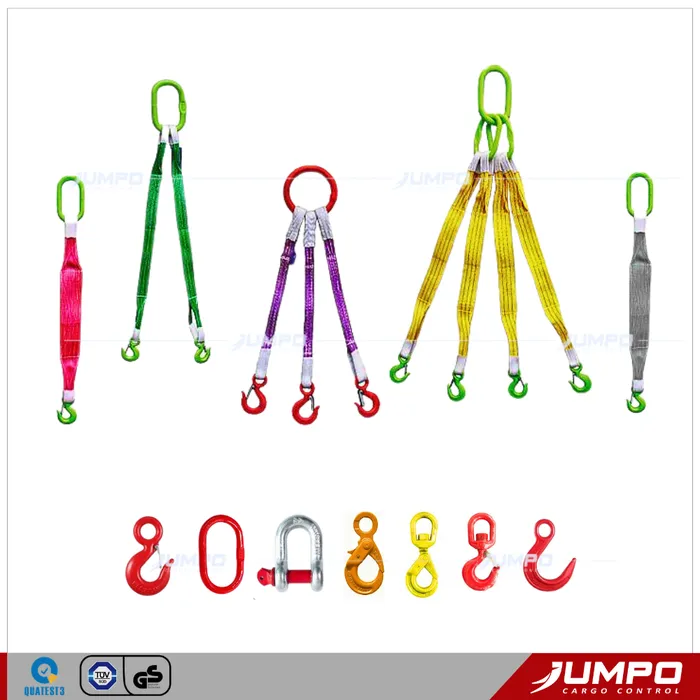

main.comment_read_more